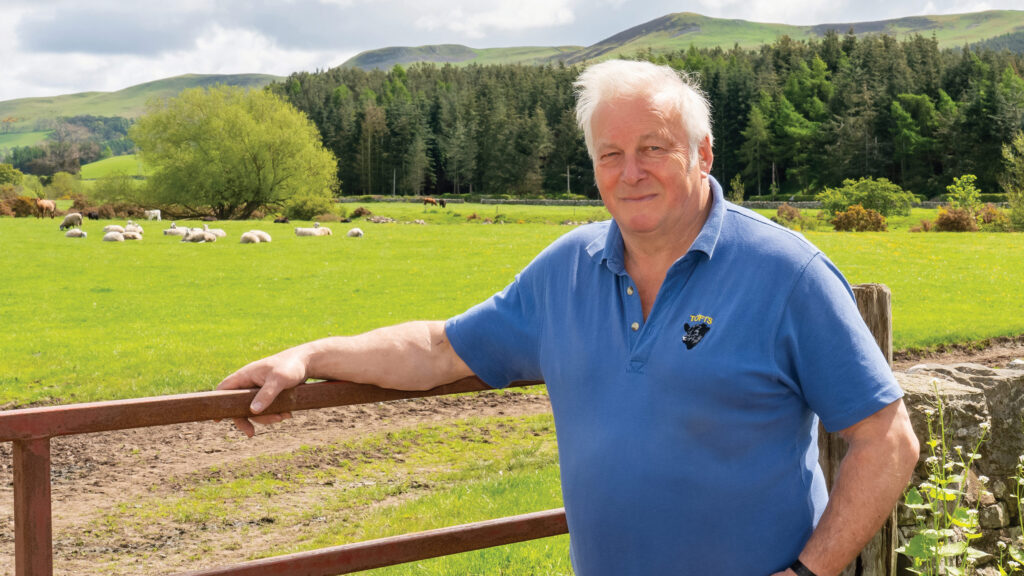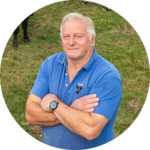Farmer Focus: Eye on next door’s ‘greenwashing’ scheme
 © Angus Findlay
© Angus Findlay Life is full of challenges – good, bad and indifferent. Landing in Newcastle after our trip to Australia, I could see acres of sodden fields, with stressed crops and large bare patches.
Here in the Cheviot hills, with our relatively low rainfall and free-draining land, we are lucky to say that the countryside is looking remarkably well.
There is grass for calving and lambing, both of which are now in full swing. As of 1 April, we have tagged more than 110 calves.
See also: Why calving ease should be suckler herd priority
The first one appeared on 16 March and the expected first due date was 25 March.
The workload (and stress level) has risen since a key member of staff walked out, not to return, the day before Good Friday.
Fortunately, our cows calve themselves, with only a handful (less than 5% on a five-year average) requiring assistance.
We are lucky the weather has been kind so far. In the past, we have had terrible April weather and this has had detrimental effects on lamb and calf health and mortality rates, so we follow the forecast and remain nervous.
We are watching over the fence, still waiting to see what will happen with the neighbouring farm. In my lifetime, this was a really good sheep farm producing high-quality breeding stock.
Recently, the farm has been purchased by a company based in the Shard in London with monies from Indian and Scandinavian shipping companies.
The asset is now being used for greenwashing, in my view, and I’d say this is a very poor investment if UK taxpayers’ money is involved.
Under its new owners, it could be in the running for the driest farm in South East Scotland and is to be planted with commercial forestry.
According to the professionals, you need at least a metre of annual rainfall to grow trees properly: we average 600mm in a normal year.
Added to all these goings-on, as well as recently being elected chairman of Lothian and Borders NFU Scotland (and sitting on the national board), I am now vice-chairman of the Border Union Agricultural Society (Kelso Show).
Neither of these posts was on my horizon. However, some people think I have strengths and experience to fill them – just another challenge.

